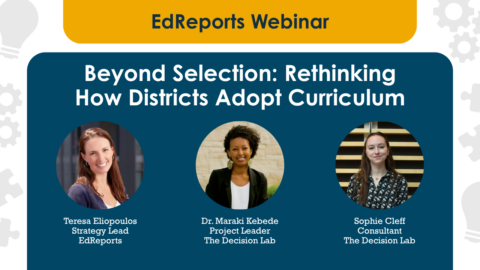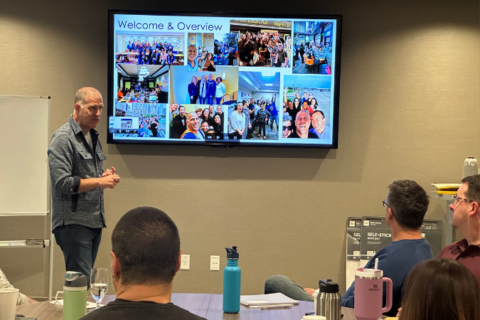How to Build Trust During a Curriculum Adoption
Learn about Baltimore City Public Schools’ innovative materials adoption efforts that prioritized engaging educators and community members throughout the process.
Related Resources
case-study
Redefining Engagement: How Baltimore City Public Schools Transformed its Approach to Adopting Instructional Materials
Read one district's story about the power and lasting impact that comes with involving educators and the community at every step of the materials selection process.
video
Webinar—Beyond Selection: Improving Curriculum Adoption
Discover insights from EdReports and The Decision Lab on evolving curriculum adoption to better support teachers and boost student outcomes.
news
EdReports CEO Eric Hirsch to Step Down in 2026
After a decade of transformative leadership, Hirsch will remain through June 2026 to support a seamless transition as EdReports begins its next chapter of impact and innovation.


